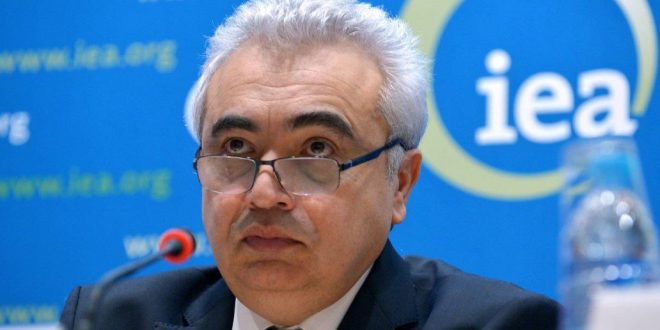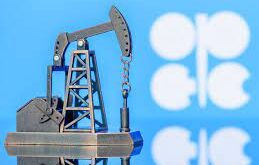As national and regional economies continue to recover from the recessions induced by the COVID-19 pandemic, more than 800 power generation projects, dominated by renewables, are now in the Asian pipeline outside China, representing at least $316 billion in investment opportunities, according to a recent EY report.
Of that total, about $306 billion will pour into the renewables sector, with offshore wind and solar photovoltaic facilities accounting for 85% of these projects. The consulting firm identified a total of 811 projects in three north Asian jurisdictions — Japan, South Korea, and Taiwan — as well as Southeast Asian nations Indonesia, Malaysia, Thailand, the Philippines, and Vietnam.
GHG emissions reductions
With countries in the region implementing stimulus packages to recover from COVID-19 recessions, projects in renewable energy can ride the investment wave.
“Governments have a once-in-a-lifetime opportunity to reboot their economies and bring a wave of new employment opportunities, while accelerating the shift to a more resilient and cleaner energy future,” Fatih Birol, International Energy Agency executive director, said when the “Sustainable Recovery,” World Energy Outlook Special Report, was published in June 2020.
At the same time, government spending is not the sole solution, as Gilles Pascual, EY Asean power and utilities leader in Singapore, urged governments to find ways to encourage inflows of private investment.
However the projects are funded, they are critical to governmental goals of reducing emissions. The projects identified by EY will contribute to a reduction in GHG emissions of about 229 million mt of CO2-equivalent per annum.
“The emissions savings can help to support economies in meeting their respective Nationally Determined Commitments (NDCs) under the Paris Agreement,” it added. More than 20 nations announced new NDCs this week as participants in the Leaders Summit on Climate organized by the US for 22-23 April.
Many Asian countries in the past year have recognized how moving to a low-carbon economy can create jobs, while also helping meet their NDCs under the Paris Agreement. NDCs are nonbinding commitments to reduce emissions by 2030 as countries move toward net zero by 2050, a target needed to limit global warming to 1.5 degrees Celsius compared with pre-industrial levels.
For example, South Korea launched its $141-billion Korean New Deal in 2020, focusing on a green transition of infrastructure, low-carbon and decentralized energy supply, and innovation in the sector.
Malaysia rolled out phase four of its large-scale solar action program (LSS4) with a 1-GW tender and 13 billion Malaysian ringgit ($2.9 billion) spending plan. LSS4 involves the installation of LED streetlighting, rooftop solar panels, and transmission lines as a part of its COVID-19 stimulus package. The LSS4 auction is intended to unlock 4 billion Malaysian ringgit ($927 million) in investment as well as create new jobs, Malaysia’s Ministry of Energy and Natural Resources said when the program was launched on 31 May 2020.
Indonesia launched the Surya Nusantara (or Solar Archipelago) plan, which involves the installation of rooftop solar panels with a combined capacity of 1 GW a year over the next five years and targets millions of the country’s poorest households.
SE Asia pivots on renewables
Recent developments in Southeast Asia show the pivot towards renewables, but rapid increases in power demand mean that some new fossil fuel capacity will be built as well, said Joo Yeow Lee, associate director, power at IHS Markit. “I believe only Malaysia has explicitly said that it was using the recent solar tenders as part of a green recovery from COVID-19,” he said.
Notwithstanding the potential economic, employment, and investment opportunities that renewable power projects could bring, challenges abound. These include permitting hurdles at different levels of government; land acquisition; and power transmission networks that Lee said “are not very well developed, especially since renewables tend to be situated far from the demand centers.”
Also, corporate power purchase agreements (PPAs) are in a relative infancy in Southeast Asia, Lee said. PPAs are common in the US and Europe, and project developers rely on them to show a guaranteed revenue stream that can ensure payback of the investment in their projects.
To some extent, feed-in-tariffs and offtake certainty supported by the government can overcome this problem, EY wrote. It cited Malaysia’s LSS4 auction program as an example of how a well-structured process can support the deployment of renewables.
 Iran Energy News Oil, Gas, Petrochemical and Energy Field Specialized Channel
Iran Energy News Oil, Gas, Petrochemical and Energy Field Specialized Channel




